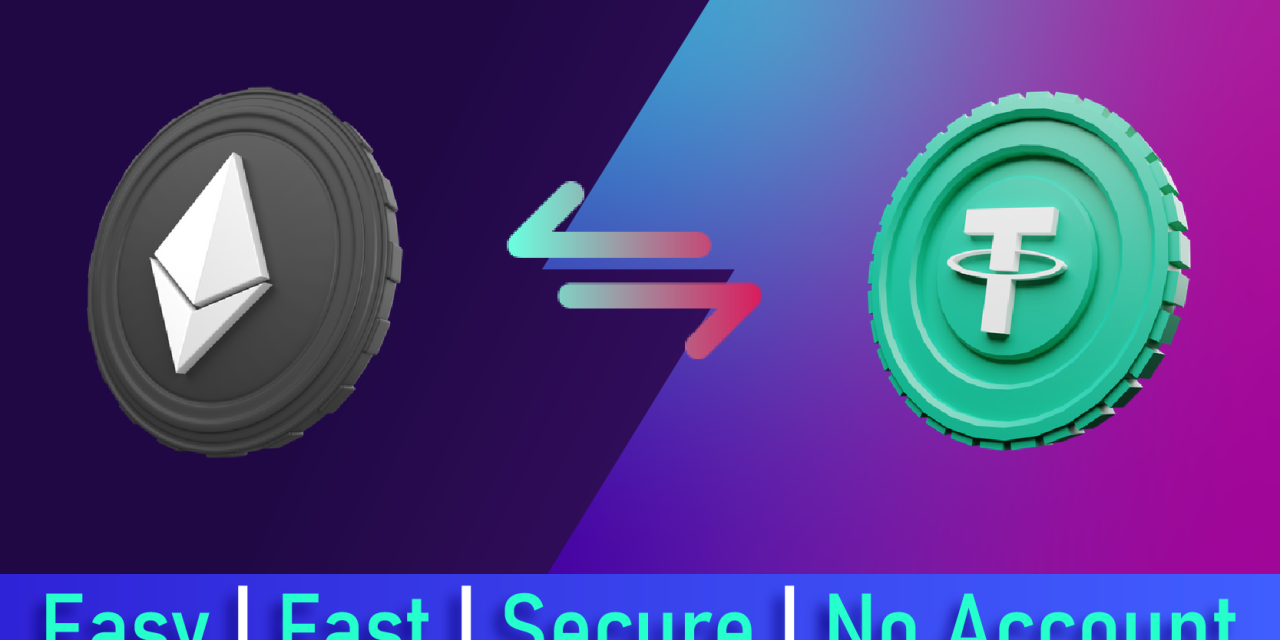Unlocking the potential of your Ethereum holdings often involves converting them into a more stable asset. This is where Tether (USDT), a stablecoin pegged to the US dollar, comes into play. Understanding how to efficiently and securely navigate the eth to usdt exchange process is crucial for any serious cryptocurrency investor. This guide will equip you with the knowledge to make informed decisions and confidently manage your digital assets.
Understanding the ETH to USDT Conversion Process
The core concept behind converting ETH to USDT is simple: you’re exchanging a volatile cryptocurrency (Ethereum) for a stablecoin (Tether) designed to maintain a 1:1 peg with the US dollar. This often serves as a risk-mitigation strategy, allowing you to park your profits in a relatively stable asset, safeguarding against market fluctuations. However, the practical execution involves navigating various exchanges and understanding the associated fees and security considerations. Choosing the right platform is the first crucial step.
Choosing a Reliable Exchange for ETH to USDT
Selecting a reputable exchange is paramount. Consider factors such as trading volume, security measures (like two-factor authentication), user reviews, and available customer support. I’ve often found that exchanges with higher trading volume generally offer tighter spreads (the difference between the bid and ask price), resulting in better rates for your eth to usdt conversion. Don’t rush this process; thorough research pays off.
Minimizing Fees When Swapping ETH to USDT
Fees can significantly impact the profitability of your eth to usdt transactions. These fees come in various forms, including trading fees, network fees (gas fees for Ethereum transactions), and potentially withdrawal fees. Some exchanges offer lower fees than others; comparing options before initiating a swap is highly advisable. Additionally, consider the timing of your transactions. Network congestion can lead to higher gas fees, making off-peak hours often more cost-effective.
Security Best Practices for ETH to USDT Transfers
Security should always be your top priority. Never share your private keys or seed phrases with anyone. Use strong, unique passwords for each exchange account. Enable two-factor authentication whenever possible. Familiarize yourself with the security features offered by your chosen exchange, and be wary of phishing scams – a common threat in the cryptocurrency space. In my experience, vigilance is the best defense against potential losses.
Exploring Different ETH to USDT Exchange Methods
There are several ways to conduct an eth to usdt exchange. Direct swapping on centralized exchanges is the most common method, offering a user-friendly interface and a range of order types. Decentralized exchanges (DEXs) provide more control and anonymity but can be more complex to navigate. Consider your comfort level with technology when choosing your preferred method. Each approach presents its own set of advantages and disadvantages.
Advanced Strategies for ETH to USDT Trading
Beyond simple conversions, more sophisticated trading strategies exist for optimizing your eth to usdt transactions. These strategies may involve taking advantage of arbitrage opportunities (price discrepancies between exchanges) or employing limit orders to ensure you get the best possible exchange rate. However, these require a deeper understanding of market dynamics and carry a higher level of risk. One thing to keep in mind is that advanced strategies aren’t always suitable for beginners.
Final Thoughts: Making Informed Decisions in the ETH to USDT Market
Successfully navigating the eth to usdt conversion process requires careful planning and a measured approach. By understanding the nuances of different exchanges, minimizing fees, prioritizing security, and choosing the appropriate exchange method, you can optimize your trading experience and protect your assets. Remember, thorough research and a cautious approach are key to successful cryptocurrency transactions. Don’t hesitate to leverage the resources and tools available to make informed decisions, and always prioritize security.




